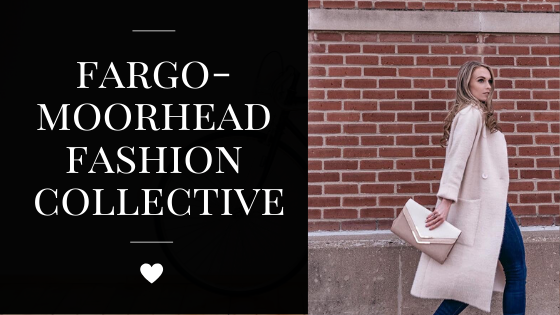I’ve had a lot of people ask me over the years why I have such a love/ fascination with vintage shape-wear.
The truth is it’s more of a love affair.
Check out some of my collection below!
I love how they make my body look. I love how they fit my body. I love how they give me better posture!
I love how my garments look so much more refined.
Let’s break down what I’m talking about!

Vintage shape-wear i.e. corsets, girdles, bullet bras, bustiers, etc. were called “Foundation Garments” for a reason. I see these garments much like I do make-up primer. They provide a base for the art of the clothing. Everything was more intricate and intentional than most of today’s lingerie pieces.
In my vintage shop, many women have said that certain vintage dresses or blouses don’t fit or don’t look right on their bodies. The reason? Almost all vintage garments pre-1970 were designed or tailored with shape-wear in mind. Not necessarily to “smooth out” our bodies, but showcase the intricate darts, seams and details of our garments.

For example, if we break down the anatomy of a vintage bustier or corset we’ll see that there was intent and purpose behind each panel, seam, grommet, and more.
I’m a gal that loves definitions so here’s an excerpt from The Lingerie Addict’s “The Anatomy of a Corset”: Parts & Terms”:
Bones: Thin slats responsible for maintaining the vertical tension of a corset. Bones do not create shape, but support it. Most bones are either “flats,” flat pieces of spring steel, or “spirals,” which resemble a flattened coil and have more flexibility. Though high quality plastic bones are available, including “synthetic whalebone,” the type of plastic bones used in mass-produced corsets are generally flimsy and warp easily.

Waist tape / waist stay: A sturdy “tape” (non-decorative ribbon) that reinforces the waist to minimize stretching. (Faulkner).

Perhaps it’s just me, but whenever I buy a bra or bustier I often feel that it isn’t meant for my body or it was thrown together with a lick and a promise. With many of my vintage shape-wear, they’ve lasted for 60+ years and they’ll last at least 60 more. Talk about sustainable!
I’ve heard the argument that shape-wear, especially shape-wear in the 50’s/60’s were a repressive tool used against women to make them conform to society’s view of how women should look. Unpopular opinion, but I don’t see it that way. Did you know that the bra as we know it today was first patented by a woman? Not invented since incarnations of bras have been around dating as far back as Ancient Greece.

In 1914, Mary Phelps Jacobs received the first U.S. Patent for what was called the “brassiere”. She wanted a more freeing alternative to the restrictive corset, so she made her “bra” out of two handkerchiefs sewn together. She had stated that we wanted a sleeker appearance under her clothes so the boning and embellishments of her corset wouldn’t show under her clothing.

I personally love vintage shape-wear for its construction and embellishments. Is it a necessity in this day and age? Not at all! Luckily we now have to option to wear these pieces, modern lingerie or none at all! Pretty great, right? My advice is to give it a try! It may just become your newest addiction!
- Courtney Schur/ Owner at Carmine & Hayworth Vintage
Have you ever worn vintage shape-wear? Let us know your experiences below!
Faulkner, Marianne. “The Anatomy of a Corset: Parts & Terms.” The Lingerie Addict: Intimates & Lingerie Magazine, 31 Aug. 2015, http://www.thelingerieaddict.com/2015/08/the-anatomy-of-a-corset.html.




